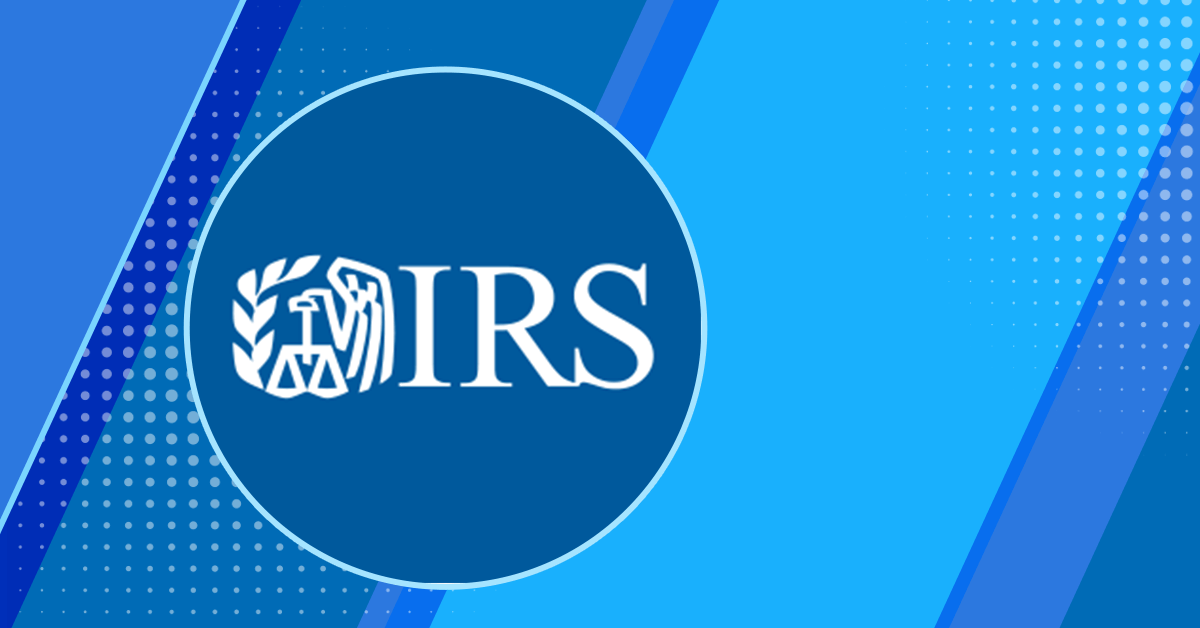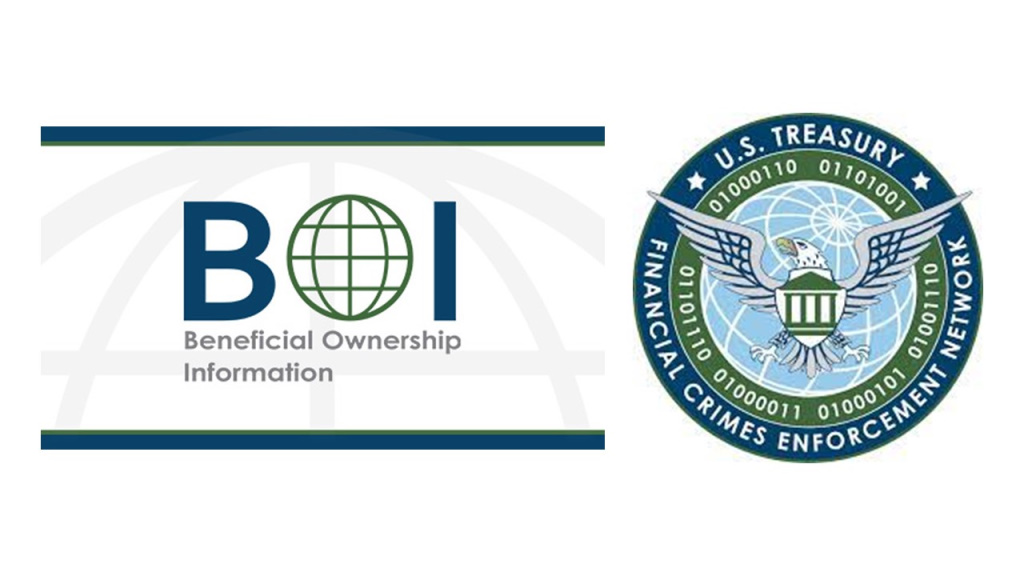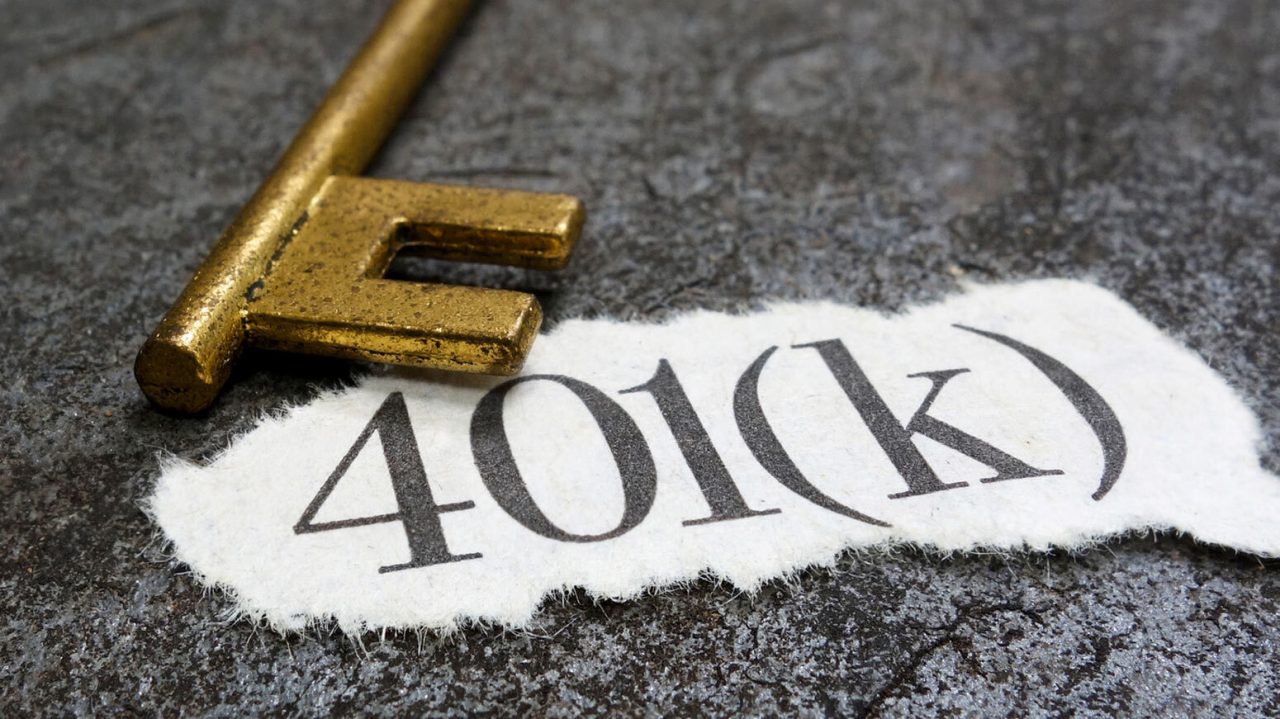$4.7 billion recovered for U.S. taxpayers as part of new initiatives; continued progress made on Paperless Processing and Simple Notice Initiatives
The Internal Revenue Service today provided the regular quarterly update to the Strategic Operating Plan, outlining key milestones in criminal investigations, improvements to taxpayer services and advancements in digital modernization that have transformed agency operations while protecting billions of taxpayer dollars.
The IRS has now recovered $4.7 billion from new initiatives underway. This includes more than $1.3 billion from high-income, high-wealth individuals who have not paid overdue tax debt or filed tax returns, $2.9 billion related to IRS Criminal Investigation work into tax and financial crimes, including drug trafficking, cybercrime and terrorist financing, and $475 million in proceeds from criminal and civil cases attributable to whistleblower information.
The IRS also announced today new results from the focus on high-income non-filers who have not filed taxes since 2017. The IRS has now collected an initial $292 million from more than 28,000 non-filers, an increase of $120 million since September 2024. These are cases where IRS has received third party information—such as through Forms W-2 and 1099s—indicating these people received income between $400,000 and $1 million or more than $1 million, but failed to file a tax return. The non-filer program ran sporadically since 2016 due to severe budget and staff limitations that did not allow these cases to be pursued. With additional funding, the IRS had the capacity to resume this core tax administration work earlier this year.
“The IRS continues to show dramatic progress on a wide array of the agency’s transformation efforts, producing real-world improvements to help taxpayers and businesses while also taking important steps in the law-enforcement and compliance arena to protect billions from ongoing schemes, ensure high-income individuals file returns and pay their taxes and penalties, and battle everything from terrorist financing to drug traffickers,” said IRS Commissioner Danny Werfel.
Pursuing drug traffickers, cybercrime, terrorist financing
IRS Criminal Investigation (IRS-CI) is charged with investigating tax and financial crimes, including drug trafficking, cybercrime and terrorist financing. In Fiscal Year 2024 (FY24), IRS-CI identified more than $9.1 billion in fraud, obtained court orders totaling $1.7 billion in restitution to U.S. taxpayers and seized criminal assets totaling approximately $1.2 billion.
Examples of IRS-CI Cases
As part of the Organized Crime Drug Enforcement Task Force (OCDETF), CI has helped investigate numerous cases in partnership with other law enforcement agencies. CI’s financial expertise in following the money not only helped unravel financial and tax crimes, but other crimes including organized drug trafficking. According to public court records, these include:
- In October, Jason Brown was sentenced to 18 years in federal prison for trafficking fentanyl and attempting to provide material support to the Islamic State of Iraq and al-Sham, also known as ISIS. On three occasions in 2019, Brown provided $500 in cash to an individual with the understanding that the money would be wired to an ISIS soldier engaged in terrorist activity in Syria. Unbeknownst to Brown, the individual to whom he provided the money was confidentially working with law enforcement, and the purported ISIS fighter was actually an undercover law enforcement officer. Also in 2019, Brown trafficked fentanyl and other drugs from California to the Chicago suburbs and illegally possessed several loaded handguns in furtherance of his drug trafficking activities.
- IRS-CI provided significant assistance in an investigation that led to drug dealer George Pherai-Bogeajis being sentenced in November to 19 years and 7 months in federal prison for conspiring to distribute methamphetamine and fentanyl and possessing firearms in furtherance of drug trafficking. Pherai-Bogeajis also forfeited four vehicles and four firearms used in the offense, along with $867,265 of drug proceeds. In April, law enforcement executed a search warrant at his Florida home, seizing nearly 50 kilograms of methamphetamine, thousands of grams of MDMA, more than two kilograms of cocaine and nearly a kilogram of other narcotics, including fentanyl.
- Christian Grajeda-Varela was sentenced in October to nearly four years in prison for fentanyl trafficking and money laundering. He admitted to selling roughly 1.5 pounds of fentanyl in July 2023 to a drug dealer in San Francisco. Upon a search of Grajeda-Varela’s Oakland residence, federal agents found 109 grams of fentanyl, more than six pounds of mannitol (a common mixing agent used to cut or dilute fentanyl), cocaine base, cocaine and heroin as well as drug distribution tools. Grajeda-Varela also admitted that, between March and August 2022, he laundered more than $200,000 in cash tied to the drug trade at America Latina, a money service business in Oakland; the funds were wired to recipients in Mexico and Honduras in the form of roughly 125 international wires.
Assistance from whistleblowers
Whistleblowers continue to provide valuable contributions in both criminal and civil cases. Whistleblower information has led to successful criminal investigations, prosecutions and the collection of tax, fines, penalties, interest and other amounts. In FY24, the IRS paid awards totaling $123.5 million to whistleblowers for aiding in the collection of $474.7 million in proceeds on cases that included unreported/underreported income, hidden offshore assets, overstated deductions, general allegations of tax fraud and abusive international transactions.
Improving taxpayer service
As part of the Digital First Initiative, the IRS is continuing to expand features in Business Tax Account, an online self-service tool for business taxpayers. C corporations can now activate a Business Tax Account, bringing the total number of business entities eligible for this online self-service tool into the millions. Highlights include:
- Authorized individuals of C corporations and S corporations who can legally act on behalf of their corporation are now able to view and pay tax balances and Federal Tax Deposits.
- The IRS also introduced a new feature that helps to speed up the lending process by providing sole proprietors and authorized individuals with access to the long-standing IRS Income Verification Express Service (IVES) to approve or reject a tax transcript authorization request from a lending company.
- Business taxpayers can now access available tax returns, account and most entity transcripts in Spanish.
These changes follow upgrades announced in September that allow business taxpayers to view and submit balance-due payments.
In addition, the IRS has expanded the types of Transcript Delivery System (TDS) transcripts available to business taxpayers, historically an underserved population. Previously, taxpayers and their representatives had to call to request information not available through a TDS transcript. Customer service representatives would provide an internal print with the requested information, manually masking the personally identifiable information before providing the prints to the caller. Masking the transcripts was time consuming. Now taxpayers and their representatives can access these new transcripts through online self-help tools that include Business Tax Account and e-Services TDS.
Business Entity and Form 94X Series Tax Return transcripts are now available through TDS for tax professionals and reporting agents with access to TDS through e-Services. IRS employees can access these transcripts through the Employee User Portal, and authorized users of Business Tax Account can download these transcripts. Transcript expansion will continue in a phased approach through December 2026. Future releases will include the Form 990 series, Form 1041, Form 2290, Form 1042, Form 706, and transcripts in Spanish.
More details on the Digital First Initiative; more digital tools launched in the last 2 years than the previous 20 years
The IRS is significantly improving taxpayer service in person, over the phone and online. The IRS is working to deliver the same modern online experience that taxpayers experience with their bank or financial institutions. The IRS has created and enhanced popular and convenient online tools that save taxpayers time and money by providing easy, secure self-service options to get information and resolve issues. For example, in Filing Season 2024, the IRS updated the “Where’s My Refund?” tool to provide more detailed refund status information in plain language, increasing use by nearly 30%.
The IRS has launched more digital tools in the last two years than the previous 20 years, including:
- More than two dozen new features and enhancements to Individual Online Account and Tax Pro Account.
- The launch of Business Tax Account.
- The release of more than 60 digital mobile-adaptive forms.
- The ability for taxpayers to receive their refund status via a conversational hotline.
- A mobile-friendly web tool for “Where’s My Refund?”.
Through the Digital First Initiative, the IRS is pursuing a vision where taxpayers can complete all their transactions with the IRS digitally if they prefer. At the core of that improved digital experience for taxpayers are enhancements to Individual Online Account, including the ability to self-correct withholding amounts, redesigned notices for better user experience, provided digital mobile-adaptive tax forms, transcript requests in Spanish and sign-up for paperless and email preferences. Expanded payment options including Offer-in-Compromise and multiple payments in one session. Other expanded services include:
- A lien payoff calculator that can generate an IRS letter that they can share with authorized third parties to confirm the payoff balance.
- The ability to see their correspondence audit status.
- For taxpayers whose employer has received a “lock in” letter requiring a minimum amount of federal tax to be withheld from each paycheck, they can now find information about actions needed to release or modify the lock in amount.
- The ability to use a self-service Offer-in-Compromise (OIC) eligibility check to determine if they meet the major eligibility requirements for submitting an OIC.
- Single Transaction for Multiple Payments, allowing taxpayers to add and delete multiple payments to a shopping cart for a single transaction within their online account.
- Transcripts available in English and Spanish.
- Selection for paperless contact and email preferences.
- Request an Identity Protection PIN.
The IRS has also expanded Tax Pro Account, helping tax professionals manage their authorization relationship with taxpayers, view the taxpayers’ information and act on the taxpayers’ behalf. New capabilities include:
- The ability to view individual and business taxpayer payment activity.
- A new virtual assistant that allows tax professionals access to an automated chatbot to resolve tax issues, with the ability to escalate to live chat for help with collection related issues.
- The ability to view and act on behalf of individual taxpayers to set up and revise payment plans.
- The option to make up to five same day payments on behalf of authorized clients using a checking or savings account.
When fully developed, Tax Pro Account will become a robust online tool, including the ability to initiate POA/TIA for business taxpayers that they can review and approve in their Business Tax Account, link and manage business CAF access, view refund and audit status for individual and business taxpayers and much more.
Additional progress in developing digital tools for taxpayers includes:
- Redesigning notices to be more clear as part of the Simple Notice Initiative: The IRS has redesigned 247 of the most common notices, with additional notices scheduled to deploy in the coming months. All notices have recently been added to Individual Online Account for taxpayers to view.
- Mobile-adaptive forms through the Paperless Processing Initiative: The IRS now has more than 60 forms available for mobile use, allowing taxpayers to fill out common non-tax forms on cell phones and tablet devices. Taxpayers have submitted more than 100k forms since the September 2023 launch. The most recent forms feature “save and draft” capabilities, which allow the taxpayer to start a form, save it and return to it later. The addition of save and draft allows for future capabilities including the ability for multiple spouses to sign a form. It will also allow a taxpayer to sign a form, save the form and send to a second taxpayer to sign using their Individual Online Account. Seventeen additional forms went live on Dec. 8, 2024, bringing the total to 67 mobile-adaptive forms currently available.
- Through the Paperless Processing Initiative, Document Upload Tool use continues to increase: The Document Upload Tool makes it easier for taxpayers and tax professionals to correspond digitally with the IRS. Thanks to the tool, taxpayers can digitally submit correspondence and responses to notices and letters to the IRS. The tool launched in March 2021 and expanded in 2023. The Document Upload Tool has surpassed over 1.5 million submissions with 1,669,625 submissions to date. It is estimated that 94% of taxpayers no longer need to send mail to the IRS, decreasing a substantial amount of paper correspondence entering the IRS.
Source: IRS-2024-310, Dec. 12, 2024










